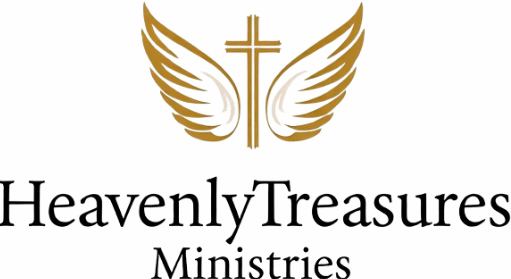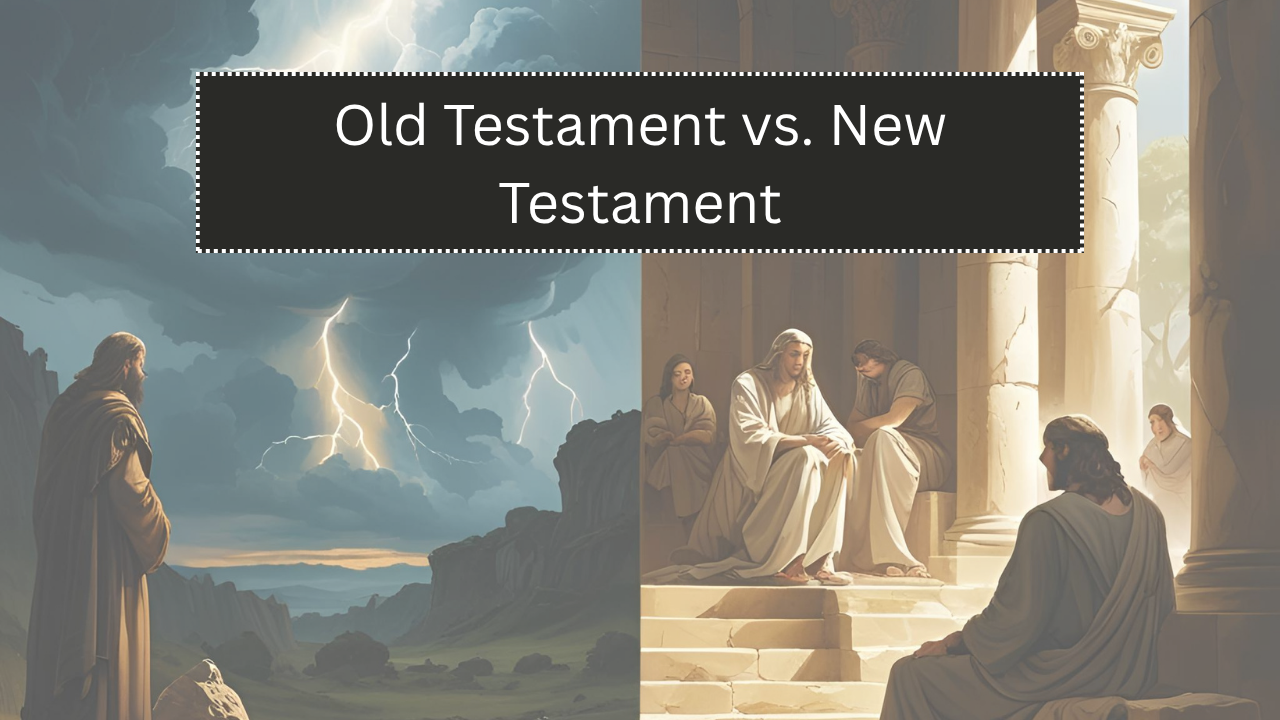The Bible, revered as sacred scripture by millions, is divided into two major sections: the Old Testament and the New Testament. Both parts, though written centuries apart, together reveal the unfolding plan of God throughout history. The Old Testament lays the foundational narrative of creation, law, prophecy, and covenant, while the New Testament introduces the fulfillment of that covenant in Jesus Christ. Understanding the continuity between these two sections unveils a unified message of redemption, grace, and divine purpose.
Key Themes in the Old and New Testament
- Creation and Redemption
- Old Testament presents God as the Creator who establishes order, life, and purpose.
- New Testament reaffirms this with Christ as the agent of creation and the one who brings spiritual rebirth.
- Covenant
- Old Testament introduces covenants with individuals like Noah, Abraham, and Moses.
- New Testament introduces the New Covenant through Jesus, fulfilling and surpassing earlier ones.
- Law and Grace
- Old Testament emphasizes the Law given to Israel through Moses.
- New Testament reveals grace through Christ, who fulfills the Law rather than abolishing it.
- Prophecy and Fulfillment
- Old Testament includes numerous prophecies about the Messiah.
- New Testament presents Jesus as the fulfillment of those prophecies.
Comparative: Old Testament vs. New Testament
| Aspect | Old Testament | New Testament |
|---|---|---|
| Timeframe | From creation to roughly 400 BC | From the birth of Jesus to the early church (1st century AD) |
| Language | Primarily Hebrew, with some Aramaic | Originally written in Greek |
| Structure | 39 books (in Protestant canon) grouped as Law, History, Poetry, Prophets | 27 books, including Gospels, Acts, Epistles, and Revelation |
| Main Figures | Adam, Noah, Abraham, Moses, David, Isaiah | Jesus, Mary, the Apostles, Paul, John |
| Covenant Focus | Multiple covenants (Abrahamic, Mosaic, Davidic) | New Covenant through Jesus Christ |
| God’s Revelation | Through the Law, Prophets, and historical events | Through Jesus Christ and the Holy Spirit |
| Salvation Approach | Faith in God expressed through obedience to the Law | Faith in Jesus Christ as Savior and Son of God |
| Sacrifice System | Animal sacrifices as atonement for sin | Jesus as the final and perfect sacrifice |
| Place of Worship | Tabernacle and Temple in Jerusalem | Body of believers as the spiritual temple |
| End Goal | Promise of a coming Messiah and restoration | Fulfillment in Christ and hope of eternal life |
Fulfillment of Prophecy
- Isaiah’s Messianic Prophecies
- Foretells a virgin birth (Isaiah 7:14), fulfilled in Jesus (Matthew 1:23).
- Describes a suffering servant (Isaiah 53), echoed in Jesus’ crucifixion.
- Micah’s Prediction
- Names Bethlehem as the birthplace of the Messiah (Micah 5:2), fulfilled in Luke 2:4–7.
- Jeremiah’s New Covenant
- Predicts a covenant written on hearts (Jeremiah 31:31–34), fulfilled in Hebrews 8:8–13.
Theological Continuity Between Testaments
- Same God, Unfolding Revelation
- God’s character—holy, just, merciful—remains consistent across both testaments.
- The Old Testament foreshadows what the New Testament reveals fully.
- Unity in Diversity
- Although the books were written by different authors over centuries, the central message remains unified.
- Themes of sin, judgment, mercy, and redemption appear in both parts.
- Jesus in the Old Testament
- Seen as the promised seed (Genesis 3:15), the Passover Lamb (Exodus 12), and the righteous King (Psalm 2).
- Jesus Himself referred to the Law and Prophets as testifying about Him (Luke 24:27).
Spiritual Lessons Shared
| Spiritual Concept | Old Testament Reference | New Testament Reference |
|---|---|---|
| Faith | Abraham’s faith counted as righteousness (Gen 15) | Believers justified by faith (Romans 4:1–5) |
| Obedience | Israel’s blessings tied to obedience (Deut 28) | Christ calls for obedience rooted in love (John 14:15) |
| Forgiveness | Day of Atonement (Leviticus 16) | Christ’s sacrifice brings total forgiveness (Hebrews 9:12) |
| Holiness | “Be holy for I am holy” (Leviticus 11:44) | Reaffirmed in 1 Peter 1:16 |
Literary Continuity and Contrast
- Poetry and Wisdom
- Proverbs, Psalms, and Ecclesiastes explore wisdom and human experience.
- Jesus’ parables in the New Testament carry similar poetic weight and moral insights.
- Narrative and History
- Old Testament books like Genesis and Kings detail history and genealogy.
- New Testament books like Acts continue the historical narrative of God’s people.
- Symbolism and Typology
- The Passover lamb prefigures Christ’s sacrifice.
- The exodus from Egypt mirrors the Christian’s deliverance from sin.
Impact on Worship and Practice
- Old Testament Practices
- Focused on temple rituals, animal sacrifice, and ceremonial laws.
- New Testament Practices
- Centered on baptism, communion, prayer, and a personal relationship with God.
- Scripture Reading
- Jesus and the early church read and quoted the Old Testament extensively.
- The New Testament encourages understanding the Old as foundational (Romans 15:4).
Christian Perspective on the Continuity
- Old Testament as Foundation
- Essential for understanding Jesus’ mission and teachings.
- Contains the moral law and ethical groundwork still relevant today.
- New Testament as Fulfillment
- Provides clarity and completion of God’s promises.
- Introduces a global and spiritual kingdom instead of a national one.
Last Words
Scripture, when viewed as a whole, presents a continuous story of God’s interaction with humanity. The Old Testament sets the stage with promises, laws, and prophecies, while the New Testament unveils their fulfillment in Jesus Christ. Together, they form a complete and cohesive message—one that speaks of a loving Creator reaching out to restore a broken world. Understanding this continuity not only deepens faith but enriches one’s appreciation of the divine narrative woven through the pages of the Bible.

